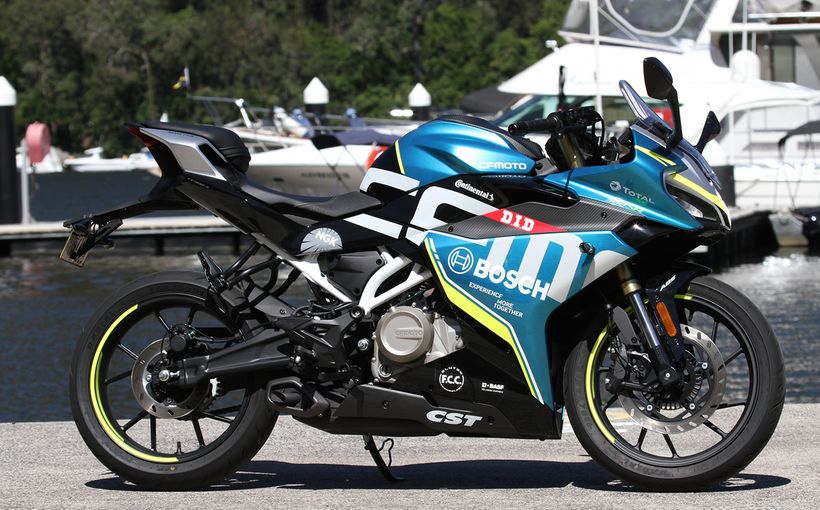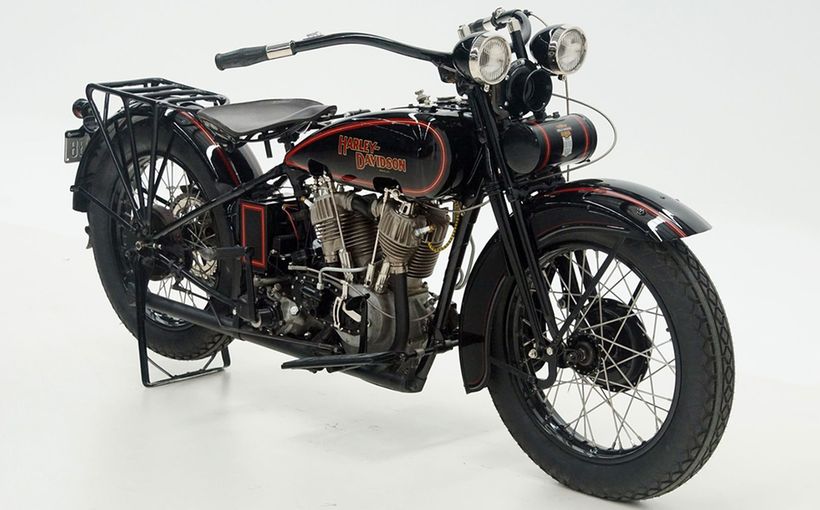
When it comes to making our way down the road and through life in general, your brain is your most vital asset – so when you're up on two wheels you may as well make sure you protect it with a good helmet.
Helmets, or 'lids' as they're colloquially known, come in myriad forms, from bare bones open-face cruiser styles, to full-face race-spec helmets and peaked items suited to the off-road world. But no matter what sort of riding you enjoy, or where you enjoy it, there are a few basic steps to be followed when it comes to choosing the right helmet for you.
Firstly, let's consider cost. We've all heard the hoary old cliché that runs along the lines of, "If you've only got a $100 head, get a $100 helmet" – and no matter how much cash you'd prefer to put towards that impending Saturday night out, it's hard to justify reasons for not throwing it into your helmet fund instead.
Put simply, good quality helmets aren't cheap, but you don't want to be having second thoughts about your lid when you're flying over your handlebars. So the general rule here is to spend as much as you can afford, and don't skimp if you can help it. Generally speaking you'll be getting better protection with a dearer lid, but usually as the price tags increase, so do the levels of comfort and general quality of manufacture.
Make sure your prospective purchase has its Australian Standards' AS/NZ1698 sticker on it – all new helmets sold in Australia must have this sticker to be legal, so this is something to bear in mind if you're considering buying a helmet overseas. Having the AS/NZ1698 sticker simply means it conforms to all the relevant standards of protection required by Australian law. There are various other foreign standards around such as Snell and British Motorcycle Sports' Gold Badge, but it's got to have that AS/NZ1698 sticker to be legal in Oz.
Next, consider the sort of riding you'll be doing. Low speed cruising may only require an open face lid, so you can enjoy that sense of freedom to the full, but copping a wasp on your nose at 110km/h on the freeway isn't a laughing matter. If higher speed road riding represents the lion's share of your biking endeavours, go for a full-face lid. If you want the best of both worlds go for flip-up style that converts from one to the other, which is now produced by several manufacturers.
Off-road riders will want an open-face lid with a peak, so they can wear off-road goggles underneath, although there are now models available that incorporate a flip-down visor – great if you're sick of trying to fit your glasses under your goggles.
Many lids these days come with ventilation systems that work to lesser and greater degrees, removable and washable liners (particularly handy for sweaty off-road riding), tinted visors (check how easy it is to swap them over) and aerodynamic fins, for stability. Be aware that a helmet that seems free of buffeting on one bike may move around a bit on another, depending on how the air flows around a certain motorcycle. Similarly, a helmet's noise level can be affected by the sort of bike you're riding too. Unfortunately the only way you'll find out about either of these two factors will be to buy the lid and give it a go.
Once you know what you're after you've got the fun bit – going shopping. When you've found the style and colour you want, it's time to try it on for size. Trying on a lid for the first time can be a bit daunting if you're new to biking, but it needn't be. Holding the helmet with its straps in each hand, roll the helmet on gently in a smooth, front-to-back motion, and then do up the chin strap. The helmet should feel evenly firm everywhere it's in contact with your head, with no obvious pressure points, and it shouldn't twist around if you shake your head from side to side. Having said that, it shouldn't be too tight either – any salesperson worth their salt should be fine about you leaving the lid on for five or 10 minutes, and if it's starting to feel uncomfortable in this time then it's time try a size up.
Bear in mind that the foam inside a helmet will compress over time, so the helmet will loosen up a little, especially after the first few solid weeks of use. For this same reason you'll need to replace your helmet every three or four years to ensure a safe, secure fit – and after any decent knock, which can potentially reduce a lid's structural integrity, even if it still looks okay on the outside. For this reason we'd never recommend buying a second hand lid, purely because you just don't know what abuse it's copped in the past.
There are a stack of different helmet brands available on the market today, with prices ranging as widely as their various styles, colours and graphics. You can't really go wrong with the established names, but again it's a matter of finding a fit, style and price that's appropriate for you. Happy helmet hunting!
Protect your Bike. Call Shannons Insurance on 13 46 46 to get a quote today.









